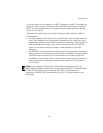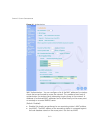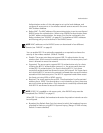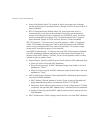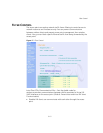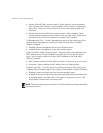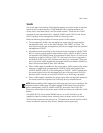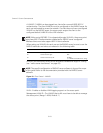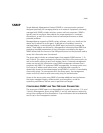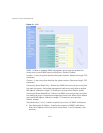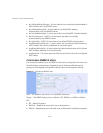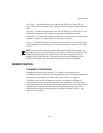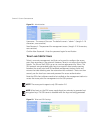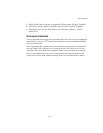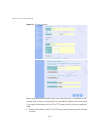5-19
SNMP
SNMP
Simple Network Management Protocol (SNMP) is a communication protocol
designed specifically for managing devices on a network. Equipment commonly
managed with SNMP includes switches, routers and host computers. SNMP is
typically used to configure these devices for proper operation in a network
environment, as well as to monitor them to evaluate performance or detect
potential problems.
Managed devices supporting SNMP contain software, which runs locally on the
device and is referred to as an agent. A defined set of variables, known as
managed objects, is maintained by the SNMP agent and used to manage the
device. These objects are defined in a Management Information Base (MIB) that
provides a standard presentation of the information controlled by the agent.
SNMP defines both the format of the MIB specifications and the protocol used to
access this information over the network.
The access point includes an onboard agent that supports SNMP versions 1, 2c,
and 3 clients. This agent continuously monitors the status of the access point, as
well as the traffic passing to and from wireless clients. A network management
station can access this information using SNMP management software that is
compliant with MIB II. To implement SNMP management, the access point must
first have an IP address and subnet mask, configured either manually or
dynamically. Access to the onboard agent using SNMP v1 and v2c is controlled by
community strings. To communicate with the access point, the management
station must first submit a valid community string for authentication.
Access to the access point using SNMP v3 provides additional security features
that cover message integrity, authentication, and encryption; as well as
controlling notifications that are sent to specified user targets.
CONFIGURING SNMP AND TRAP MESSAGE PARAMETERS
The access point SNMP agent must be enabled to function (for versions 1, 2c, and
3 clients). Management access using SNMP v1 and v2c also requires community
strings to be configured for authentication. Trap notifications can be enabled and
sent to up to four management stations.



